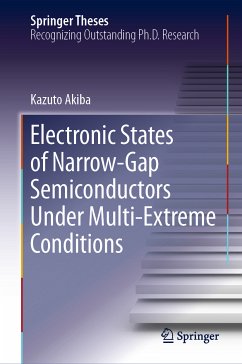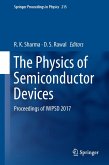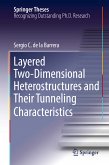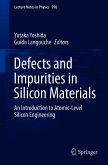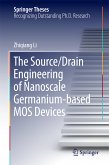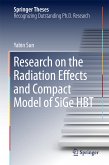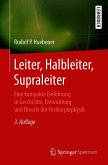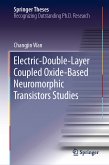The book presents two significant findings for BP and PbTe. The first is the successful demonstration of the pressure-induced transition from semiconductor to semimetal in the electronic structure of BP using magnetoresistance measurements. The second is the quantitative estimation of how well the Dirac fermion description works for electronic properties in PbTe.
The overviews on BP and PbTe from the point of view of material properties help readers quickly learn typical electronic characters of narrow-gap semiconductor materials, which have recently attract interest in topological features in condensed matter physics. Additionally the introductory review of the principles and methodology allows readers to easily understand the high magnetic field and pressure experiments.
Dieser Download kann aus rechtlichen Gründen nur mit Rechnungsadresse in A, B, BG, CY, CZ, D, DK, EW, E, FIN, F, GR, HR, H, IRL, I, LT, L, LR, M, NL, PL, P, R, S, SLO, SK ausgeliefert werden.

